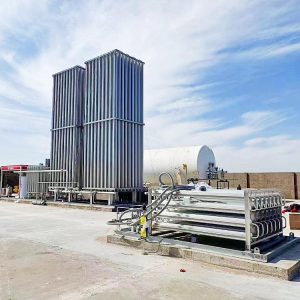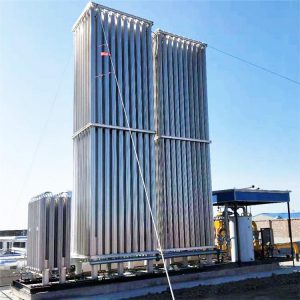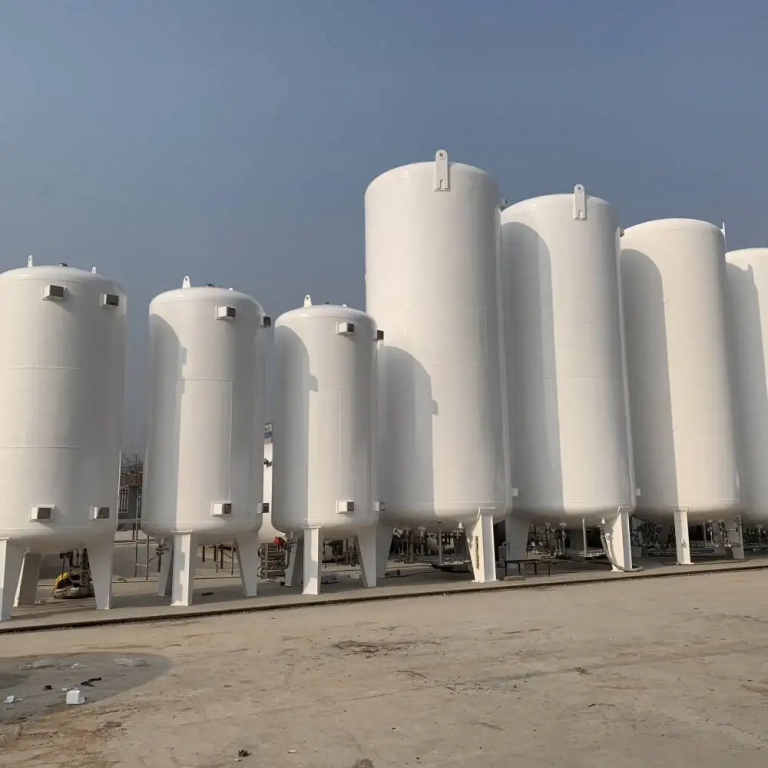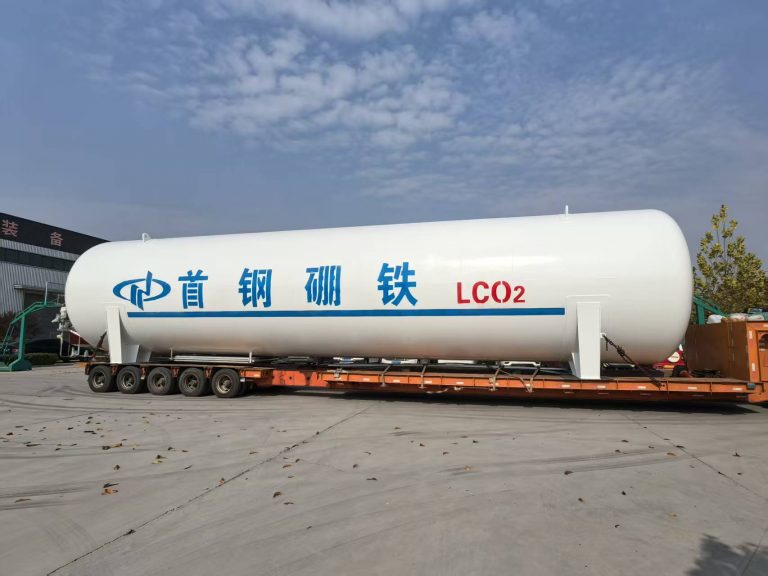Air-cooled vaporizer: An efficient and energy-saving vaporization solution
What is an air-temperature vaporizer?
Core definition: An air-heated Vaporizer is an energy-saving device that uses the natural convection of ambient Air to heat low-temperature liquids (such as LNG, liquid oxygen, liquid nitrogen, etc.). It achieves the phase change from liquid to gas through the heat exchange between aluminum finned tubes and air.

Working Principle and Technical Advantages
1.Heat exchange mechanism
Natural convection heat absorption: When low-temperature liquids flow through finned tubes, the air outside the tubes transfers heat through natural convection without the need for external energy sources.
High-efficiency design: The spiral deflector or stainless steel liquid absorption core technology can increase the heat exchange efficiency by 50% to 200%.
2.Core advantages
Zero energy consumption: Completely dependent on ambient air, with no electricity or steam consumption.
Environmental protection and safety: No emissions, low noise, and in line with green industrial standards.
Modular expansion: Supports multiple units in parallel to meet the demands of different scales.
Industry Applications and Selection Suggestions
1.Typical application scenarios
Gas field: LNG receiving stations, urban gas peak shaving stations.
Industrial gases: Supply of liquid oxygen and liquid nitrogen to hospitals and laboratories.
Chemical process: Low-temperature raw material gasification treatment.
2.Precautions for Selection
Environmental adaptability: In low-temperature areas in the north, a backup heating system should be provided.
Electronic-grade requirements: Special material design is needed for high-purity gas scenarios.

Technological Development Trends
Compact design: The “bridge” type connection structure reduces thermal stress and lowers installation costs.
Intelligent monitoring: Integrating pressure sensors and remote control systems to enhance operation and maintenance efficiency.




